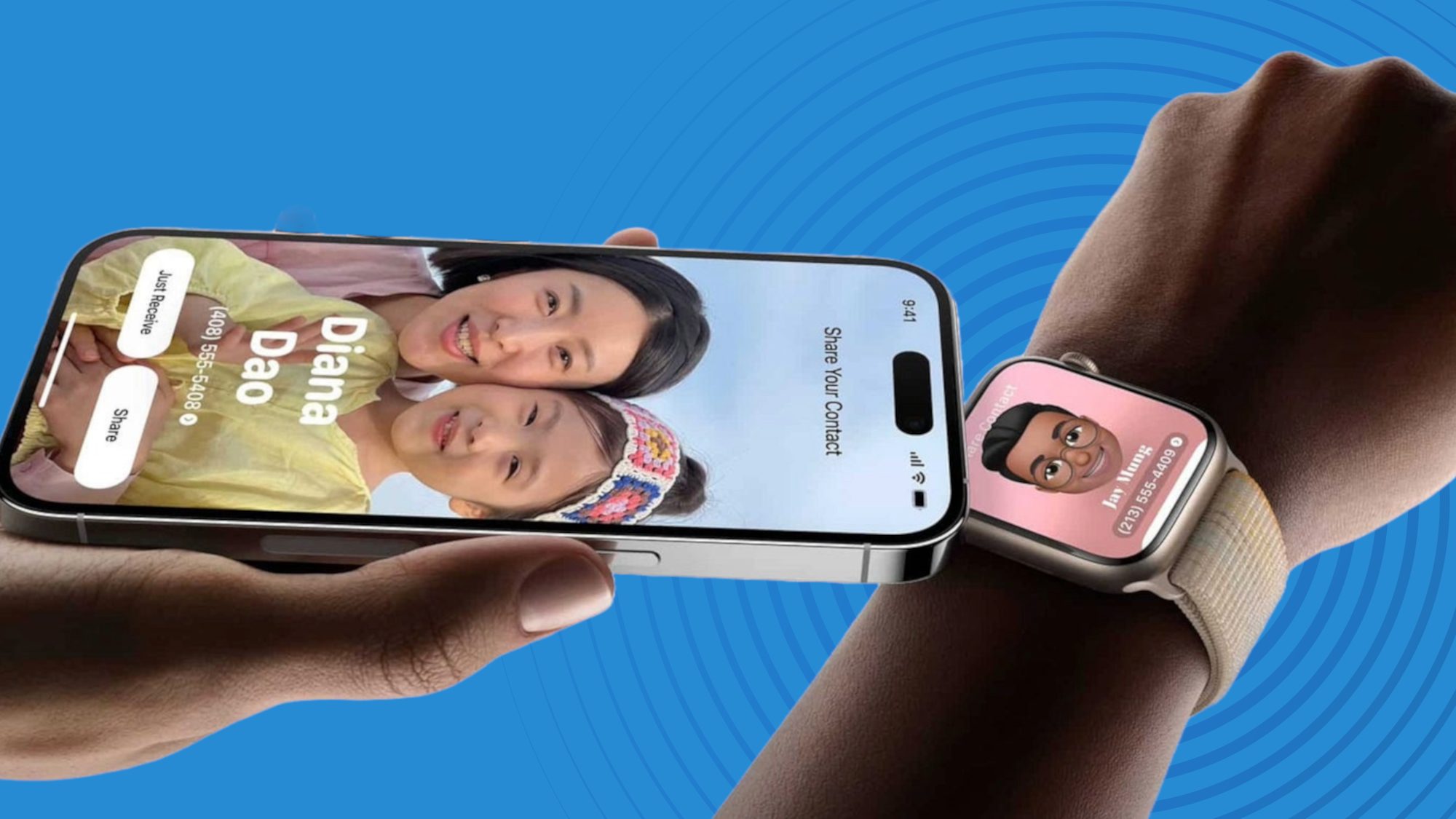
It’s official: iOS 17 adoption is trailing behind iOS 16 adoption this time last year.
According to Apple’s own data (as spotted by MacRumors), 76% of all iPhone models released in the last four years that completed a transaction in the App Store on February 4 were running iOS 17 (or a later version of it). By comparison, last year’s equivalent survey determined that 81% of transaction-completing iPhone users had downloaded iOS 16 by February 4, 2023.
Admittedly, 5% doesn’t seem like a steep drop, but given that the number of active iPhones released in the last four years must surely reach into the hundreds of millions, it’s clear that several million iPhone users have still not yet downloaded iOS 17, despite having downloaded iOS 16 at the same time a year prior.
So, why is adoption for Apple’s latest software update proving slower than last year? It’s worth noting that iOS update adoption never reaches 100% due, in part, to the apathy and ignorance of a certain iPhone user base. My mother, for instance, wouldn’t have downloaded iOS 17 if I hadn’t told her a) how and b) why she should. But that school of thought doesn’t account for the discrepancy between iOS 17 adoption and iOS 16 adoption.
There is also an argument to be made that this is a statistically irrelevant comparison, since the iPhone user base has no doubt grown in the last 12 months (and therefore the number of users who currently have iOS 17 installed might actually exceed the number of people who had iOS 16 installed this time last year). That said, a quick browse through the comments sections on MacRumors and AppleInsider reveals that there are indeed a large number of people who are deliberately refraining from downloading iOS 17.
Ignore the naysayers

“As Apple Software Quality Assurance has steadily declined over the years, I have postponed upgrading to the newest release,” one AppleInsider reader comments. “At first it was a month, or six weeks, but over the years my adoption has been pushed back farther and farther. The last couple of years, I have upgraded in Q2, usually early April. This year, I will probably upgrade when iOS 17.6.1 comes out. That should ensure that pretty much all of the features have been released and the most egregious bugs have been dealt with.”
“I don't jump versions on my devices,” another AppleInsider reader writes. “If I get [a device] with iOS 15, I will update to the latest [version of 15] and not go to 16. I already ruined two devices when I upgraded iOS to the next number up, and the devices became unusable.”
Sign up for breaking news, reviews, opinion, top tech deals, and more.
A MacRumors reader writes: “Why install iOS 17 when functionality announced in June 2023 is still not delivered? And when it is delivered, it will take multiple releases to make it work correctly.”
There are three points to address here – bugs, device slowdown and a lack of new features. It is true that early versions of new software updates do ship with bugs, and iOS 17 was no different. However, these bugs are often little more than minor glitches that affect a small proportion of iPhone users, and the security benefits introduced via new iOS updates – even the earliest versions – far outweigh the risks posed by these comparatively minor bugs.

As for device slowdown; again, it is true that new iOS updates can negatively affect performance and impact battery efficiency. But while these issues might seem disastrous at first, they are almost always temporary and in some cases, even necessary. When Apple – or indeed any software developer – pushes out major OS updates, phones often need to reindex data and recalibrate their battery settings, which in turn leads to faster battery drain.
In addition to this recalibration, new OS updates often trigger a slew of app-specific updates that put even more strain on your iPhone’s battery and performance levels. Once these apps have freshened themselves up for the latest version of iOS, however, this drain subsides.
And finally, with regards to Apple withholding previously promised features in new iOS updates, it is true that the company sometimes shows off features that it ends up releasing in later versions of a new iOS update – but again, these situations are almost always mitigated by the number of new features that are made available at a given update’s launch.

Prior to the release of iOS 17, for instance, Apple talked up its new Journal app, which didn’t end up arriving until iOS 17.2. But StandBy mode, NameDrop, Check In, Contact Posters, a new live voicemail feature, and many more helpful new additions did all arrive with the base version of Apple’s latest software update.
The takeaway? Don’t delay in downloading iOS 17. In our iOS 17 review, we described the new update as a “huge leap forward,” and you shouldn’t let temporary bugs, device slowdown or a supposed lack of new features deter you from taking the plunge.
Not sure how to update your iPhone to iOS 17? Check out our guide on how to download iOS 17, as well as our piece on the six new features coming to your iPhone with iOS 17.4.
You might also like

Axel is TechRadar's Phones Editor, reporting on everything from the latest Apple developments to newest AI breakthroughs as part of the site's Mobile Computing vertical. Having previously written for publications including Esquire and FourFourTwo, Axel is well-versed in the applications of technology beyond the desktop, and his coverage extends from general reporting and analysis to in-depth interviews and opinion.
Axel studied for a degree in English Literature at the University of Warwick before joining TechRadar in 2020, where he earned an NCTJ qualification as part of the company’s inaugural digital training scheme.